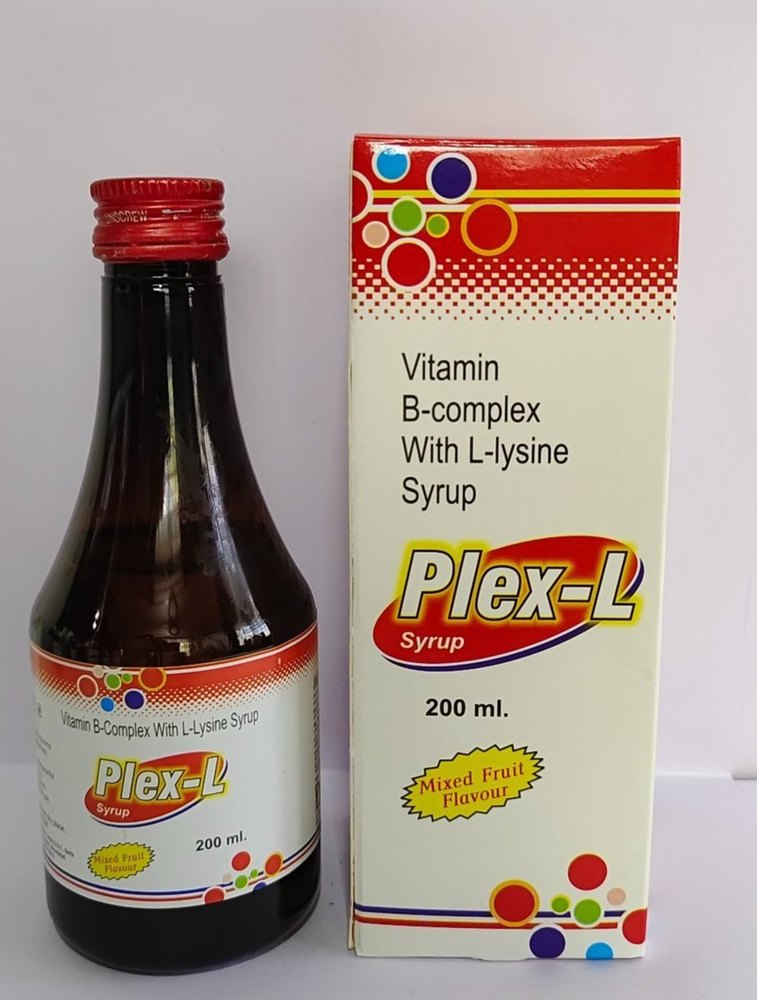Vanking
Vanking Injection, manufactured by Neon Laboratories Ltd., contains Vancomycin 500mg. It has a retail price of 588.81 NPR and is available in Nepal. This antibiotic is used to treat severe bacterial infections.
What is Vanking used for?
Vanking Injection is prescribed for:
- Septicemia (blood poisoning)
- Soft tissue infections
- Osteomyelitis (bone infection)
- Enterocolitis (inflammation of the small and large intestines)
- Colitis (inflammation of the colon)
- Serious staphylococcal or other Gram-positive infections
- Bacterial endocarditis (infection of the heart lining)
₨588.81
Ask about productDescription
Here’s a rewritten summary of the information about Vanking Injection (Vancomycin):
Vanking Injection (Vancomycin)
Vanking Injection, manufactured by Neon Laboratories Ltd., contains Vancomycin 500mg. It has a retail price of 588.81 NPR and is available in Nepal. This antibiotic is used to treat severe bacterial infections.
What is Vanking used for?
Vanking Injection is prescribed for:
- Septicemia (blood poisoning)
- Soft tissue infections
- Osteomyelitis (bone infection)
- Enterocolitis (inflammation of the small and large intestines)
- Colitis (inflammation of the colon)
- Serious staphylococcal or other Gram-positive infections
- Bacterial endocarditis (infection of the heart lining)
How should you take Vanking?
Adult Dosing (Intravenous):
- Severe staphylococcal or other Gram-positive infections, Endocarditis:
- 500 mg every 6 hours, infused over at least 60 minutes.
- OR 1 g every 12 hours, infused over at least 100 minutes.
- Elderly: Dosage adjustment may be needed.
Child Dosing (Intravenous):
- Severe staphylococcal or other Gram-positive infections, Endocarditis:
- <1 month: 15 mg/kg followed by 10 mg/kg IV every 12 hours for neonates in the first week of life, and every 8 hours thereafter up to 1 month of age. Longer dosing intervals are recommended for premature infants.
- >1 month: 10 mg/kg/day IV divided every 6 hours; individual doses should not exceed 1 g.
Renal Impairment Dosing (adjustments based on creatinine clearance (CrCl)):
- Patient on intermittent hemodialysis:
- Loading dose: 15-25 mg/kg on Day 1.
- Maintenance dose: 5-10 mg/kg after each dialysis run.
- Anuric patient (without kidney function) on dialysis:
- Initially: 15 mg/kg.
- Maintenance: 1.9 mg/kg every 24 hours.
- CrCl <20 ml/min: Longer intervals; determine dosage by monitoring serum vancomycin concentrations.
- CrCl 20-49 ml/min: Initially, 15-20 mg/kg/dose (usual: 750-1,500 mg) every 24 hours.
- CrCl >50 ml/min: Initially, 15-20 mg/kg/dose (usual: 750-1,500 mg) every 8-12 hours.
Administration:
- IV Preparation:
- Add 10 mL of Sterile Water for Injection (SWI) to a 500-mg vial and 20 mL of SWI to a 1-g vial to create a 50 mg/mL solution. Further dilution is required depending on the administration method.
- Intermittent infusion: Dilute 500 mg with at least 100 mL of diluent and 1 g with at least 200 mL of diluent (Normal Saline (NS) or D5W).
- Continuous infusion: Dilute in a sufficient amount to allow infusion over 24 hours.
- IV Administration:
- Intermittent (preferred): Administer over 60 minutes; the infusion rate should not exceed 10 mg/minute.
- Continuous: Administer over 24 hours.
Important Considerations
Do NOT take Vanking if you have:
- Hypersensitivity (allergy) to vancomycin.
- A history of impaired hearing.
- It is NOT for intramuscular (IM) administration.
Precautions:
- Allergic reaction to teicoplanin: Use with caution if you’ve had an allergic reaction to teicoplanin.
- Previous hearing loss: Use with caution.
- Inflammatory bowel disease.
- Renal impairment: Use with caution and adjust dose as necessary.
- Elderly: Dosage adjustment needed.
- Pregnancy and Lactation: Not recommended during pregnancy. The drug enters breast milk, so it’s not recommended for breastfeeding mothers.
- Monitoring Parameters: Regularly monitor auditory function (hearing) tests and serum or blood vancomycin concentrations during treatment. Periodic urinalysis and renal function tests are also necessary. Monitor leukocyte (white blood cell) count during prolonged therapy.
Drug Interactions:
Always inform your doctor about all medications you are taking, especially:
- General anesthetics: May enhance the adverse effects of vancomycin.
- Aminoglycosides, Polymyxins, Ciclosporin, Cisplatin, and Loop Diuretics: Increased risk of ototoxicity (hearing damage) and nephrotoxicity (kidney damage).
- Suxamethonium or Vecuronium: Increased potential for neuromuscular blockade.
Possible Side Effects
Vancomycin can cause various side effects. While not everyone experiences them, some possible effects include:
- Very Common (>10%):
- Erythematous rash on face and upper body (known as “red neck” or “red man syndrome,” often related to infusion rate).
- Hypotension (low blood pressure) accompanied by flushing.
- Common (1-10%): Chills, drug fever, eosinophilia, rash, reversible neutropenia, phlebitis (vein inflammation).
- Less Common (<1%): Nephrotoxicity, ototoxicity (especially with large doses), Stevens-Johnson syndrome, thrombocytopenia (low platelets), vasculitis (inflammation of blood vessels).
- Potentially Fatal: Stevens-Johnson syndrome; toxic epidermal necrolysis, blood dyscrasias such as neutropenia or thrombocytopenia.
How does Vanking work?
Vancomycin is an antibiotic that works by binding tightly to the D-alanyl-D-alanine portion of the bacterial cell wall precursor. This binding blocks glycopeptide polymerization, which immediately inhibits cell wall synthesis and causes secondary damage to the cytoplasmic membrane. This mechanism of action effectively kills susceptible bacteria.
Additional information
| form | PACK |
|---|




Reviews
There are no reviews yet.